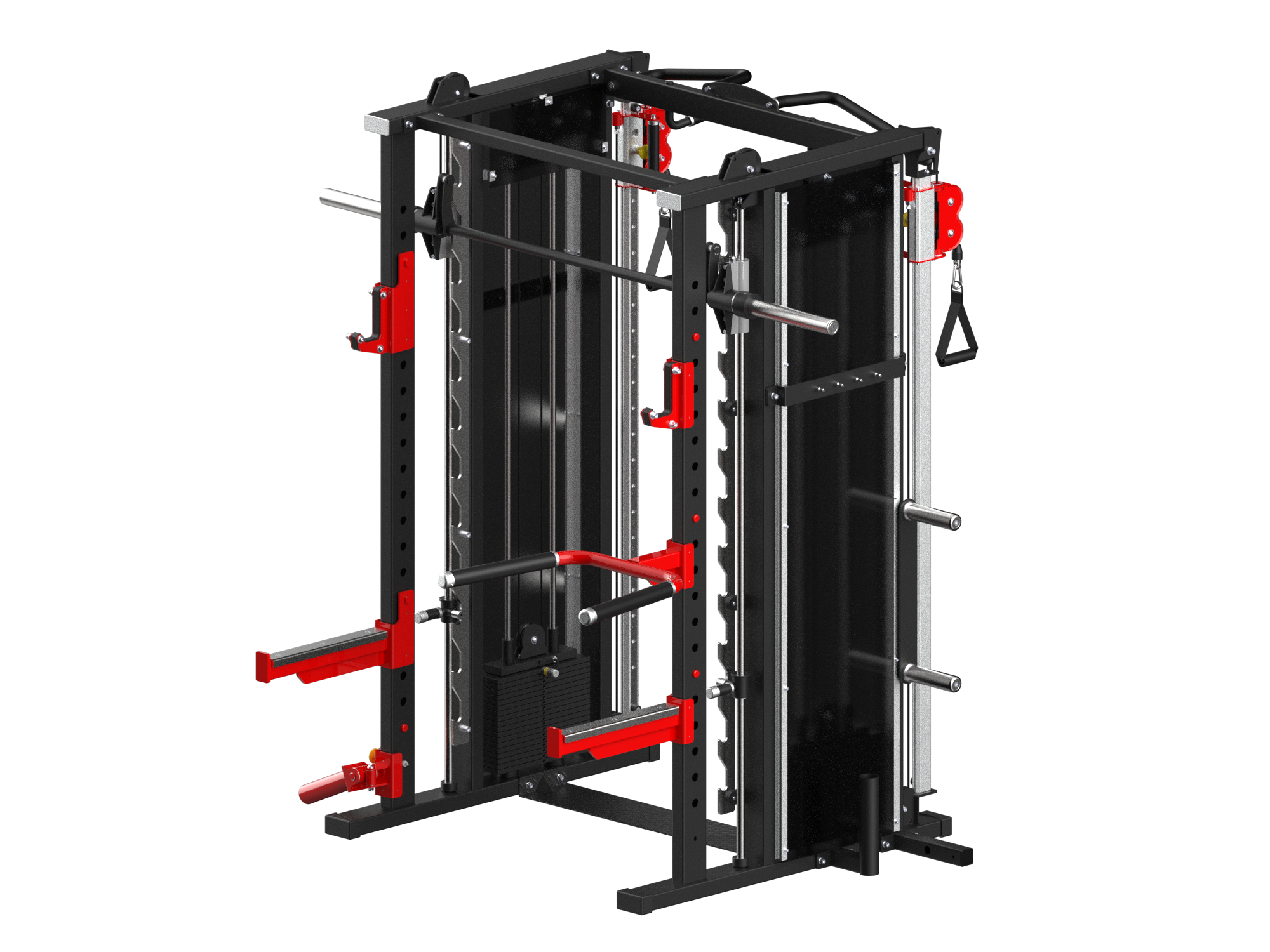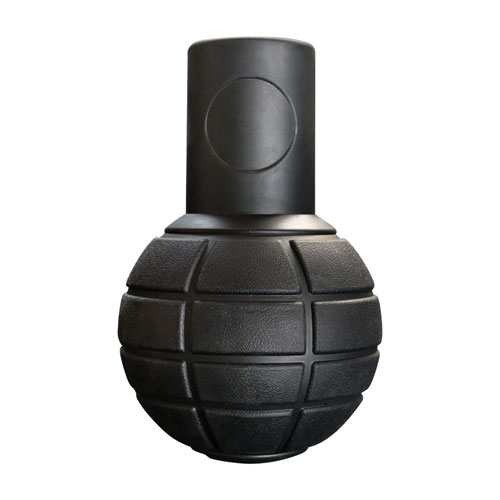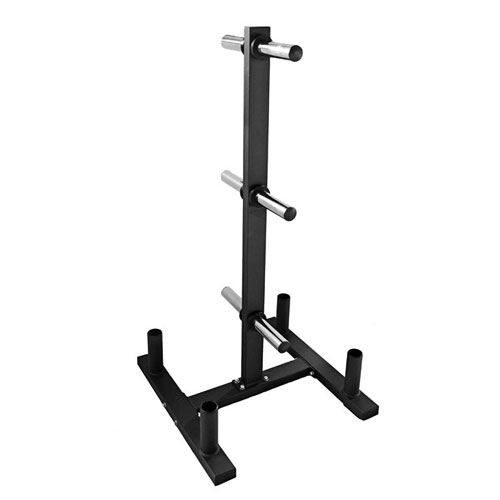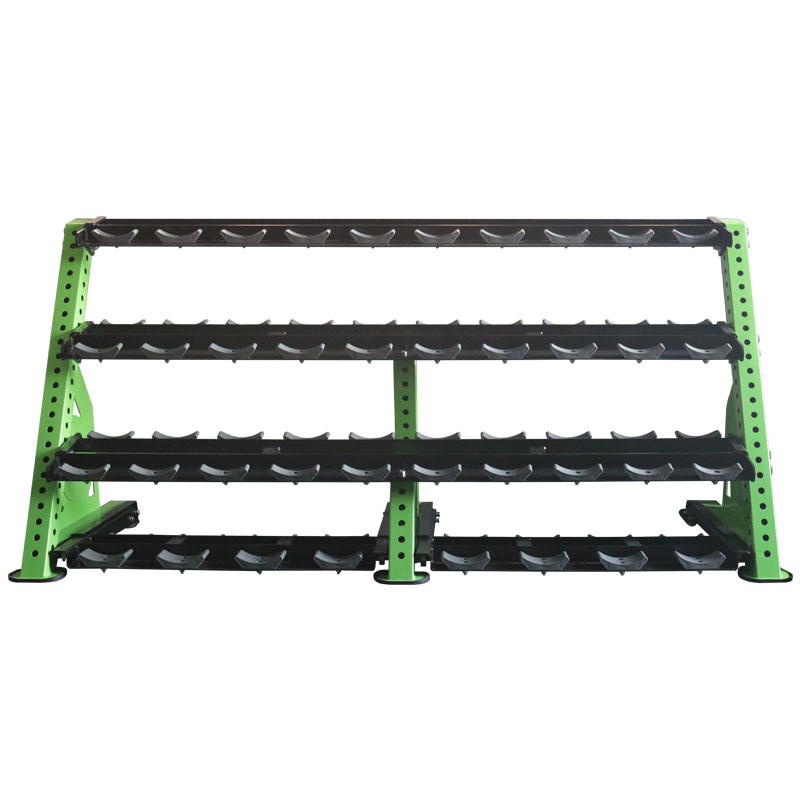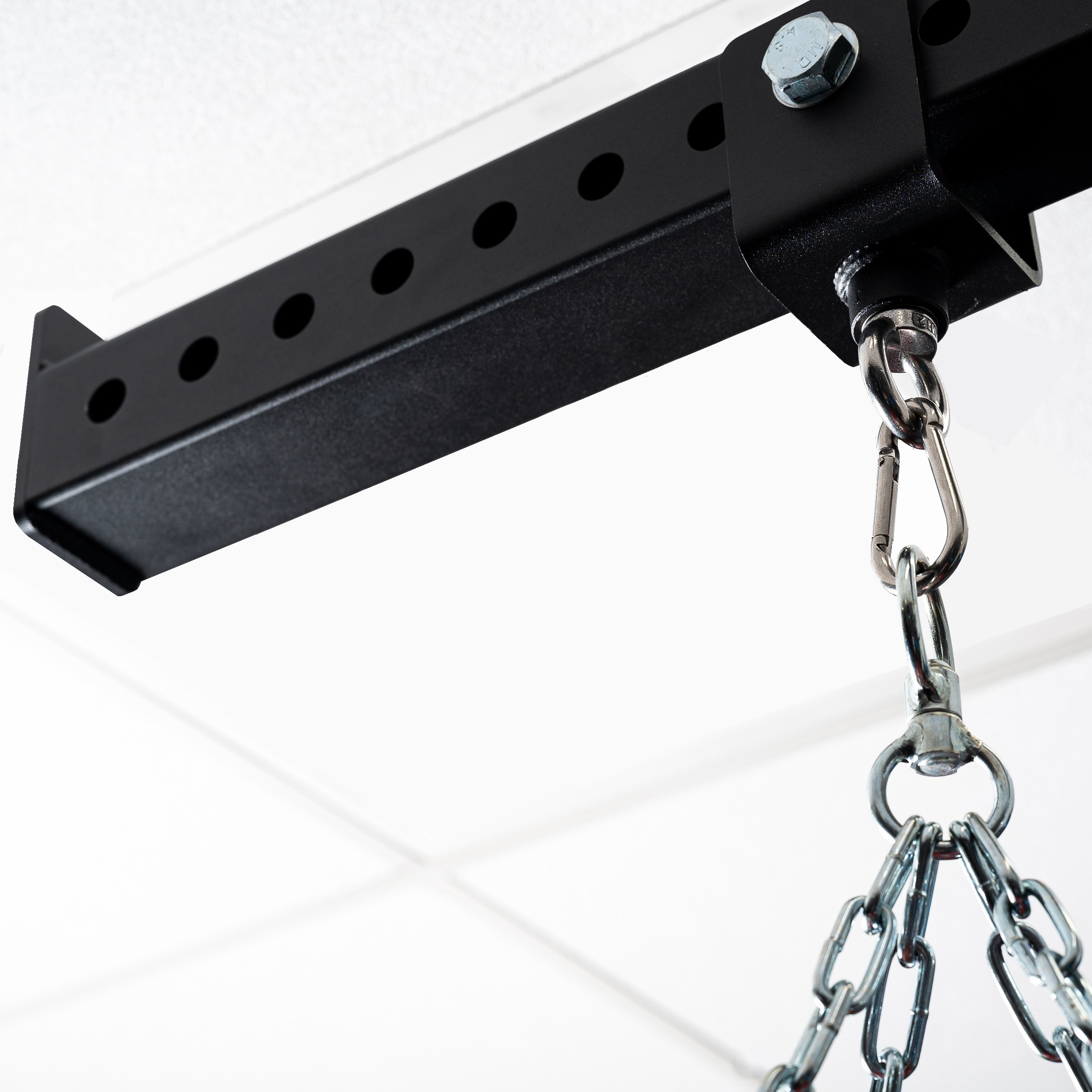Home vs. Commercial Gym Equipment: Key Differences
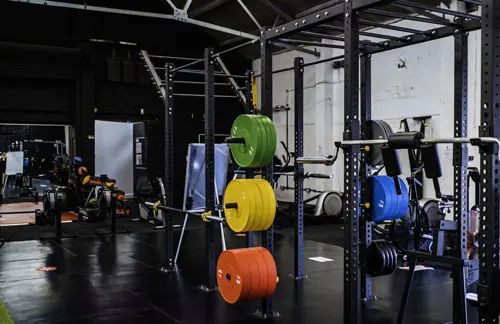
Picture this: you're ready to level up your fitness game, but you're torn between setting up a home gym or joining a commercial facility. The equipment you choose—or have access to—plays a massive role in that decision. Whether it's the clank of a barbell in a bustling gym or the quiet hum of a treadmill in your basement, the tools you use shape your workout experience. But what really sets home gym equipment apart from its commercial counterpart? In this guide, we'll break down the key differences, from durability to design, so you can decide what fits your fitness journey best. Let's dive in and explore what makes these two worlds distinct!
Why Understanding the Difference Matters
Choosing gym equipment isn't just about picking what looks cool—it's about aligning your tools with your goals, space, and budget. Home setups prioritize convenience and personal use, while commercial gyms cater to durability and variety for a crowd. Knowing these differences helps you avoid overspending on overbuilt gear or settling for flimsy options that won't last. Whether you're a homeowner dreaming of a garage gym or a gym owner planning a new facility, this comparison will shed light on what works where—and why.
Key Differences Between Home and Commercial Gym Equipment
1. Durability and Build Quality
Commercial gym equipment is built like a tank—designed to withstand constant use by dozens (or hundreds) of people daily. Think heavy-gauge steel frames, reinforced joints, and wear-resistant upholstery. Home equipment, on the other hand, is lighter and tailored for solo or small-group use. It's sturdy enough for your workouts but doesn't need to endure the relentless pounding of a busy gym. For example, a commercial power rack might weigh twice as much as a home version, ensuring stability under heavy loads.
2. Size and Space Requirements
Space is a big factor. Commercial gear—like a sprawling functional trainer or a multi-station weight machine—takes up serious real estate, perfect for wide-open gym floors. Home equipment? It's all about compact design. Foldable weight benches, adjustable kettlebells, and slim squat racks fit snugly into a spare room or garage. If you're tight on space at home, you'll love options that maximize every square foot without sacrificing function.
3. Cost and Investment
Let's talk money. Commercial equipment comes with a heftier price tag—think thousands for a single piece like a Smith machine—because it's built to last years of heavy use. Home gear is more budget-friendly, with options like dumbbells or a basic barbell set costing far less. For a home user, that's a win; for a gym owner, the higher upfront cost of commercial gear pays off in longevity and lower maintenance over time.
4. Versatility and Features
Commercial setups shine in variety. A single functional trainer might offer dozens of exercises, from cable crossovers to lat pulldowns, catering to diverse members. Home equipment leans toward simplicity—think a barbell and some bumper plates for classic lifts. While home gear can still be versatile (adjustable kettlebells, anyone?), it's often less feature-packed to keep costs and complexity down.
5. Maintenance and Upkeep
Commercial equipment is engineered for easy maintenance—think rust-resistant coatings and replaceable parts—since it's used non-stop. Home gear requires less frequent care, as it's not under the same strain. A quick wipe-down of your gym floor mats or a rust check on your barbell might be all you need at home, while commercial gyms often have dedicated upkeep schedules.
6. User Capacity and Safety
Commercial gear is designed for high user volume—safety features like spotter arms on squat racks or guided paths on Smith machines keep everyone safe. Home equipment prioritizes individual use, so it might skip extras like heavy-duty safety bars. If you're lifting solo at home, you'll need to be extra mindful, while commercial setups are built to handle the chaos of a packed gym.
7. Aesthetics and Branding
Commercial equipment often doubles as a branding tool—sleek designs, custom logos on bumper plates, and a cohesive look create a professional vibe. Home gear is more utilitarian; it's about function over flash. If you're decking out a home gym, you might not care about matching colors, but a commercial gym's aesthetic can draw in members.
Stirring Your Interest: What's the Real Impact?
Imagine lifting a barbell that feels solid as a rock in a commercial gym—then picture one that wobbles slightly at home. Or think about squeezing a power rack into your garage versus seeing it dominate a gym floor. These differences aren't just technical—they shape how you train, how long your gear lasts, and even how motivated you feel. Commercial equipment brings the wow factor and reliability for a crowd, while home gear offers convenience and personal touch. Curious which suits you? It's all about your lifestyle and goals—let's keep exploring.
Motivation: Find Your Perfect Fit
Whether you're carving out a home workout nook or running a thriving gym, the right equipment is your ticket to success. A home setup with a foldable bench and adjustable kettlebells can transform your routine without breaking the bank. A commercial space with durable barbells and gym flooring can build a loyal community. Don't just settle—choose gear that inspires you or your members to push harder, lift heavier, and stick with it. Your fitness journey deserves tools that match your ambition—why compromise?
FAQ About Home vs. Commercial Gym Equipment
Can I Use Commercial Equipment at Home?
Yes, if you've got the space and budget! Commercial gear is overkill for most home users, but it's a dream for serious lifters who want durability and don't mind the size or cost.
Is Home Equipment Less Safe Than Commercial?
Not necessarily—it's about usage. Home gear is safe for personal workouts but might lack extra safety features like spotter arms. Always follow proper form and weight limits, regardless of the setting.
How Do I Maintain Home Gym Equipment?
Keep it simple: wipe down surfaces, check for rust, and store it in a dry space. Home gear sees less wear, so basic care—like cleaning rubber gym mats—goes a long way.
Why Is Commercial Equipment So Expensive?
It's built for the long haul—higher-grade materials, advanced engineering, and features for multiple users drive up the cost. You're paying for durability and performance under pressure.
What's Best for a Small Home Gym?
Go for space-savers: a foldable weight bench, adjustable dumbbells, or a compact power rack. They deliver big results without eating up your living space.
Response: Make Your Move
Now that you've seen the differences, it's time to act. Dreaming of a home gym? Start with a sturdy barbell and some gym flooring to protect your space. Running a commercial spot? Invest in a power rack or bumper plates that wow your members. Whatever your path, the right equipment is out there, ready to fuel your fitness goals. Don't wait—take the first step today and build the setup that's perfect for you!
Ready to Elevate Your Brand with Custom Bumper Plates?
Custom bumper plates can elevate your brand's presence, deepen client loyalty, and drive growth with a standout identity tailored to your vision.
Discover how Leadman Fitness can craft high-quality, custom bumper plates to amplify your brand. Reach out today for a free quote!

